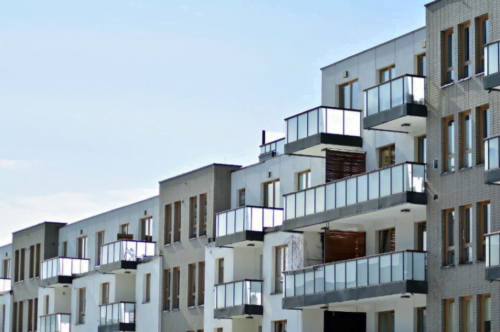03.27.18
Forbes: How Much Money Can You Make From Buying An Apartment Building?

By Lee Kiser
How much money can you make from buying an apartment building? It’s complicated.
How exactly do you calculate that? What’s the right ratio to measure? A matrix or parameter common to the industry is “cash on cash,” in which you simply take into consideration how much cash you need to buy a building and add up the cash you have at the end of the year after paying all your expenses and debt service. This is your cash on cash return — the cash left at the end of the year as a percentage of the cash you used to buy the building.
Cash on cash returns are demonstrative of risk/reward. The more risk involved, and the more you are willing to take on yourself without hiring vendors, the higher your cash on cash will be.
Low Risk
A low-risk apartment building is one in a high-demand area with stable rents. Rents probably won’t increase at a rapid rate year-over-year but also probably won’t ever go down. Buildings with stable rents will generally sell for a higher price because there is little risk.
In a highly stable market that is very secure and has a very low vacancy, an investor should expect to earn no more than a mid-single-digit cash on cash return — meaning 4% on the low end and 8% on the high end. This is what many would call an “armchair investment.” The reward isn’t very high, but the risk is also very low.
Mid-Level Risk
Mid-level cash on cash returns can be achieved in buildings with mid-level rents, a little higher vacancy, and working-class tenants. Many times these are also in “up-and-coming” areas. An investor can expect between high single-digit and low double-digit cash on cash return — let’s say 8% to 12%.
This building profile is also sensitive to more hands-on involvement from the investor, unlike the low-risk armchair investment. What this means is that if the investor chooses to manage the building personally, complete tasks such as minor repairs, shoveling snow and renting out their own units, he or she can usually add 300 to 400 basis points to cash on cash returns, boosting the cash on cash to a range more like 12-16%. Again, back to risk-reward, the investor risks more in this scenario, but can also earn more.
High Risk
A high-risk apartment building is one that typically is located in a lower rent area, has higher vacancy potential and houses a lower income demographic (often with rent subsidies available to tenants). Here, an investor is faced with lower rates of occupancy, higher rates of eviction and higher amounts of uncollected rent; however, this also means that prices for the building are generally considerably lower than other areas.
The challenge for this type of apartment investment is management. There are very few third-party managers effective at running these properties in as efficient a method as the owner. If an investor wants to go after the highest cash on cash returns, then they must be ready to roll up sleeves and do business themselves.
The reward for that success in this space is cash on cash returns over 20%. In very challenged areas, it could be up to 50%. If the investor can figure out how to run a stable, low-vacancy apartment community where others struggle to do so, with a 50% cash on cash return, you actually earn back your entire cash investment in as little as a two-year period. This investment type carries the highest probability for failure, but it also has the largest economic return. Again, risk/return.
How much money you can make from an apartment investment depends on the risk of the property. Deciding on your risk tolerance will dictate your apartment investment strategy. In investing as in life: The higher the risk, the higher the reward.
